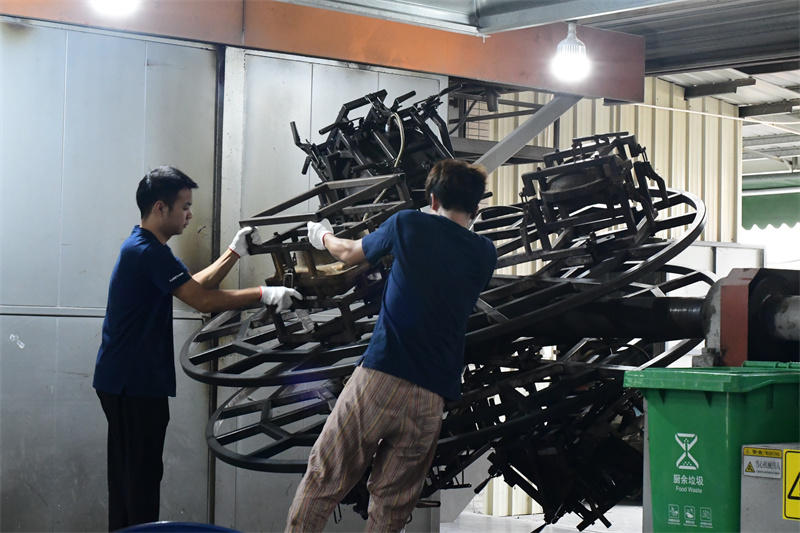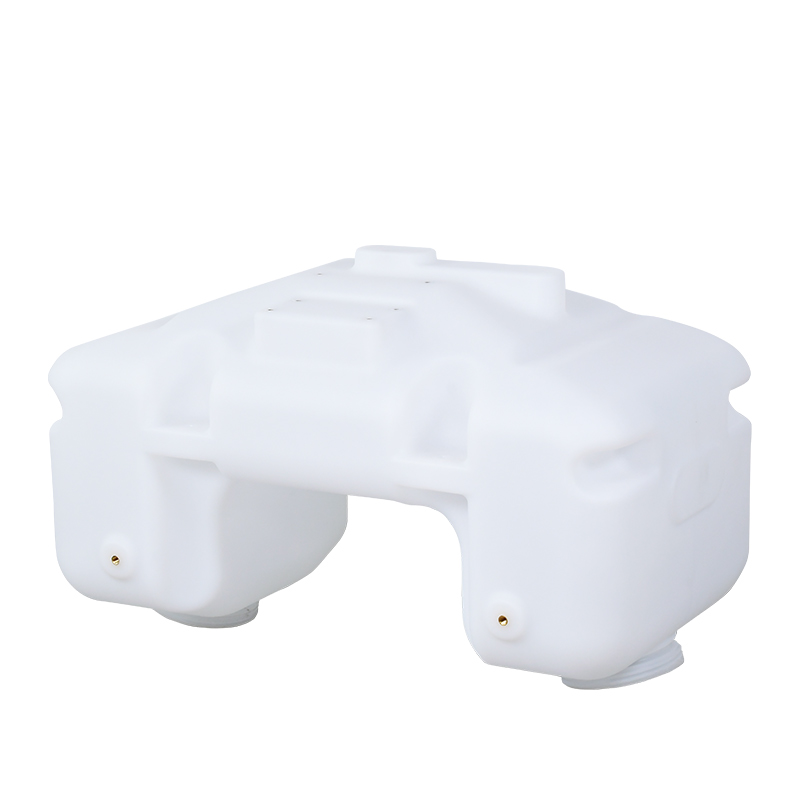Key Considerations for Installing Rotomolding Molds on Rotomolding Machines
 May 27,2025
May 27,2025

Key Considerations for Installing Rotomolding Molds on Rotomolding Machines
In a rotomolding factory, the proper installation of rotomolding molds on rotomolding machines is a critical step that directly impacts the quality, efficiency, and safety of the production process. Any oversight during this installation can lead to product defects, machine malfunctions, and even potential safety hazards. To ensure seamless operations and high-quality output, several key considerations must be taken into account.

1. Machine and Mold Preparation
Before starting the installation process, thorough preparation of both the rotomolding machine and the mold is essential. In a professional rotomolding factory, operators should first ensure that the rotomolding machine is in good working condition. This includes checking the mechanical components such as the drive system, heating elements, and cooling mechanisms. Any signs of wear, damage, or malfunction should be addressed immediately.
For the rotomolding mold, it needs to be carefully inspected. Clean the mold thoroughly to remove any residual materials, dirt, or debris from previous production runs. Inspect the mold surfaces for any cracks, dents, or other damages that could affect the quality of the molded products. Additionally, check the mold's alignment pins, bolts, and other fastening elements to ensure they are intact and in good condition.
2. Correct Alignment
Precise alignment of the rotomolding mold on the rotomolding machine is crucial. Misalignment can cause uneven heating and cooling during the rotomolding process, resulting in products with inconsistent wall thickness, warping, or other defects. In a well - organized rotomolding factory, specialized tools and equipment are often used to assist with alignment.
Start by aligning the mold's mounting holes with the corresponding holes on the machine's platen. Use alignment pins or guides, if available, to ensure a perfect fit. Tighten the bolts or clamps gradually and evenly to avoid any misalignment caused by uneven force application. Regularly check the alignment during the tightening process to make sure the mold is properly seated on the machine.
3. Secure Fastening
Once the mold is correctly aligned, it must be securely fastened to the rotomolding machine. In a rotomolding factory, the choice of fastening method depends on the type and size of the mold. Common fastening methods include using bolts, clamps, or a combination of both.
When using bolts, make sure they are of the appropriate size and strength for the mold. Tighten the bolts to the manufacturer - recommended torque specifications. Over - tightening can damage the mold or the machine, while under - tightening may cause the mold to shift during operation, leading to production issues. If clamps are used, ensure they are properly positioned and tightened to hold the mold firmly in place.
4. Safety Checks
Safety should always be a top priority in a rotomolding factory. After installing the rotomolding mold on the machine, conduct a series of safety checks. Check that all moving parts of the machine, such as the arms and carousels, can operate freely without any interference from the mold. Ensure that all electrical connections related to the mold heating elements or cooling systems are secure and properly insulated.
Also, verify that any safety guards and interlocks are in place and functioning correctly. These safety features are designed to protect operators from potential hazards during the rotomolding process. In case any safety issues are detected, immediately address them before starting the production run.
5. Pre - Production Testing
Before commencing actual production, it is advisable to perform pre - production testing in a rotomolding factory. Run the rotomolding machine at a low speed and with a short cycle time to observe the mold's performance. Check for any abnormal vibrations, noises, or movements that could indicate a problem with the installation.
Monitor the heating and cooling processes to ensure they are functioning as expected. Take samples of the molded products, if possible, to check for quality issues such as proper shape, wall thickness, and surface finish. Based on the results of the pre - production testing, make any necessary adjustments to the mold installation or machine settings.
By following these key considerations, rotomolding factories can ensure smooth production processes, high-quality rotomolded products, and enhanced operational efficiency.
 Tel: 0086-13632687993
Tel: 0086-13632687993  Email: roto@lightvenus.com
Email: roto@lightvenus.com

 Home
Home Why Are Rotational Molding Processes Widely Used for Large Equipment Enclosures
Why Are Rotational Molding Processes Widely Used for Large Equipment Enclosures  You May Also Like
You May Also Like



 Tel
Tel
 Email
Email
 Address
Address








